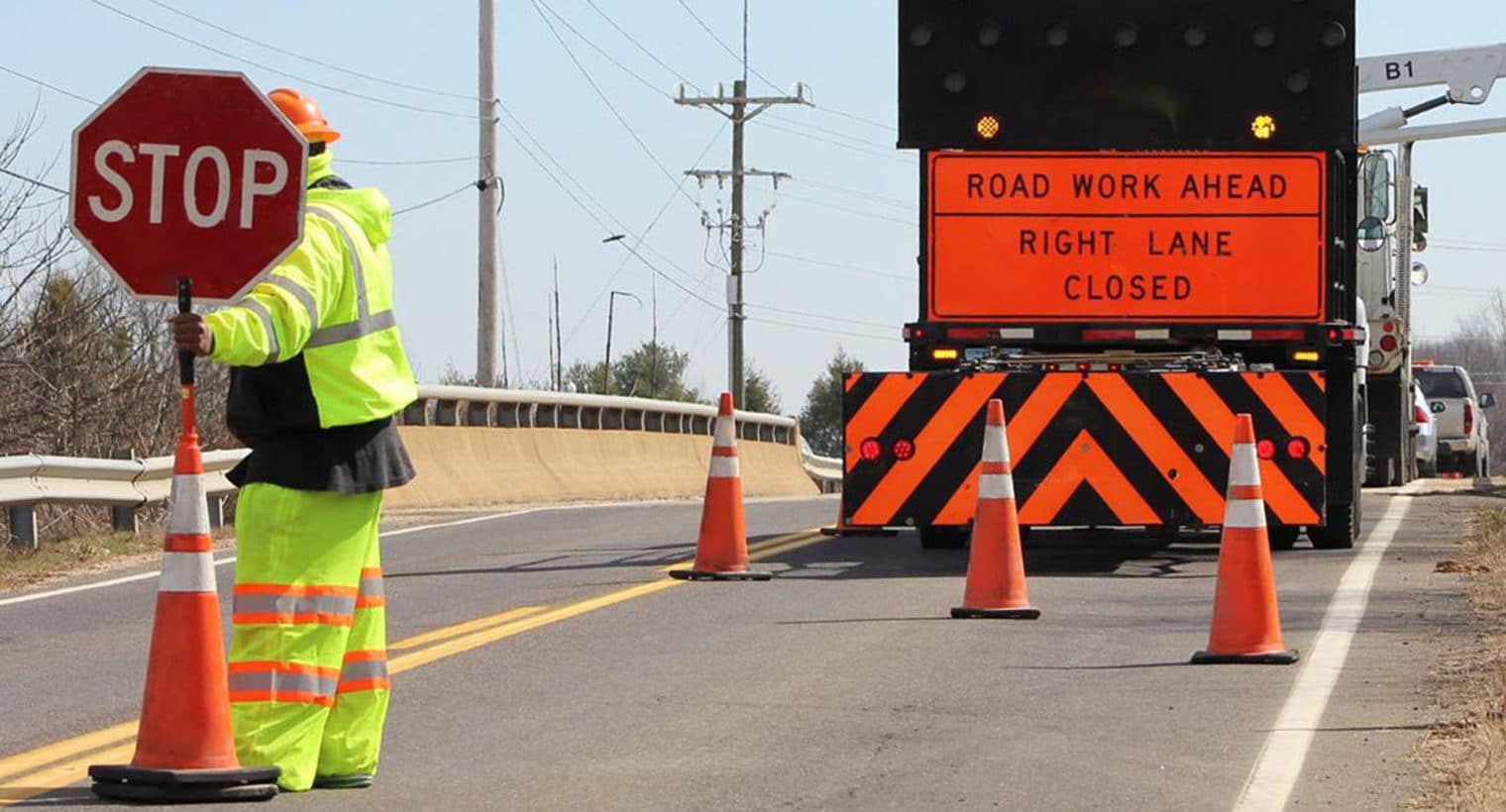The smart Trick of Safety Network That Nobody is Talking About
About Safety Network
Table of ContentsLittle Known Facts About Safety Network.What Does Safety Network Mean?The Best Strategy To Use For Safety NetworkThe Facts About Safety Network UncoveredNot known Details About Safety Network
The phases within a ring are phoned number as shown in Number 7-2. Dual-Ring Controller Unit Has 2 interlocked rings set up to time in a favored series and also enable simultaneous timing of respective stages in both rings, subject to the constraint of the barriers (compatibility lines). Traffic control. Each ring might contain as much as 2 phases in each of its two barrier groups, for a total of eight phases.Obstacle (compatibility line) A recommendation factor in the assigned sequence of dual-ring and also multi-ring controller systems at which rings are interlaced. Barriers make certain conflicting stages will certainly not be selected or time simultaneously. At an obstacle, rings terminate the existing phase and also go across the barrier simultaneously, as highlighted in Figure 7-3.
If a phone call does not exist in one of the rings when the obstacle is crossed (from the other stage group), a phase is chosen because ring to be triggered by the controller in an established fashion. Referring once again to number 7-3 in the absence of phone calls on Stages 7 and 8, Stage 2 as well as Phase 6 end to service a phone call on Phase 3.
Not known Details About Safety Network

Setting Description Minimum Environment-friendly The absolute minimum duration of the phase's green sign. The stage can not space out or be compelled off during this period. Variable Initial Environment-friendly A time computed from the variety of strategy detector actuations during red. In the absence of a stopline detector, it enables sufficient time to solution lorries queued in between the stopline as well as an advance detector.
The period of this period is impacted by relevant specifications consisting of Added Preliminary (quantity of environment-friendly added per actuation) as well as Optimum Preliminary. The phase can not void out or be compelled off during this interval.
Examine This Report about Safety Network
Eco-friendly Extension The amount of time by which the eco-friendly is expanded after a car is detected. If the minimal eco-friendly, variable initial eco-friendly, Walk, and FDW have all expired, as well as no approach detector input is presently On, the phase green can terminate (void out) if the time void between successive cars exceeds the green expansion time plus the time the detector input continues to be On while the automobile is being sensed.
This specification overrides Eco-friendly Extension, however none of the various other criteria above. Yellow Clearance The fixed period of the yellow sign that always complies with the eco-friendly sign. Red Clearance The time during which both the ending phase, as well as the adhering to conflicting stage(s) ready to start, simultaneously present a red indicator - Traffic signs.
The "volume" choice increments a preliminary environment-friendly period timer each time a vehicle is found while the phase is red. The minimum green is timed as the better of the typical minimum environment-friendly and also this computed initial environment-friendly, up to an optimum. In the absence of stopline detectors, it can be used to count the variety of cars waiting before the advancement detectors and increase the minimum eco-friendly, if required, to clear this line up.
The Best Strategy To Use For Safety Network
One such blog here series can be utilized on one street (one barrier team), while a different sequence is utilized on the various other road. Sequence Summary Leading Left Turn Sequence begins with Phase 1 and Phase 5, the opposing turns moving together. As need ends or optimum green is gotten to on either Stage 1 or Stage 5, the corresponding left-turn is terminated after the correct adjustment and clearance intervals, as well as the opposing thru movement (Phase 2 or Stage 6) is given an environment-friendly indicator concurrent with its going along with left-turn.
As demand ends or optimum eco-friendly is reached on Stage 5, that left-turn is terminated after the correct modification and clearance periods - https://www.openstreetmap.org/user/Safety%20Network. The opposing thru movement, Stage 6, is released to keep up Stage 2. As demand finishes or optimum environment-friendly for Stage 2 is reached, it is ended after the correct modification as well as clearance periods, at the barrier line.

The Single Strategy To Use For Safety Network
Input Description Automobile Detector Call Goes into a vehicle need for service into the appropriate stage of the controller system. Pedestrian Detector Telephone Call Gets in a pedestrian need for service right into the associated stage of the controller unit. Hold Command that keeps the existing right-of-way and has various feedbacks, as complies with depending upon procedure in the vehicle non-actuated or actuated setting: For a non-actuated phase, energization of the hold input keeps the controller device in the timed out stroll duration with environment-friendly and stroll indicators presented.
De-energization of the hold input and with the stroll interval break causes the controller unit to advance right into the pedestrian clearance period. Re-application of the hold input while timing the pedestrian clearance part of the eco-friendly interval neither hinders the timing of this duration nor the termination of the phase.